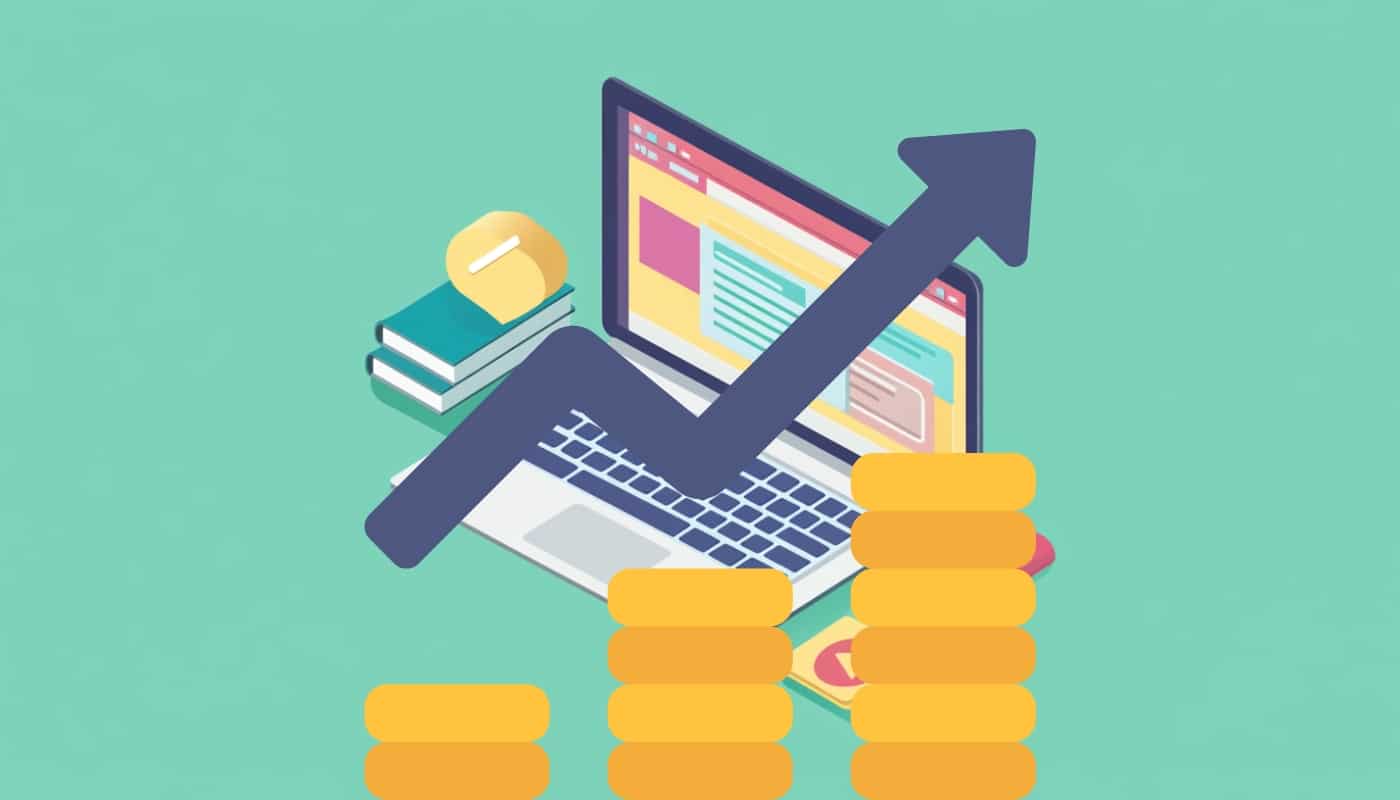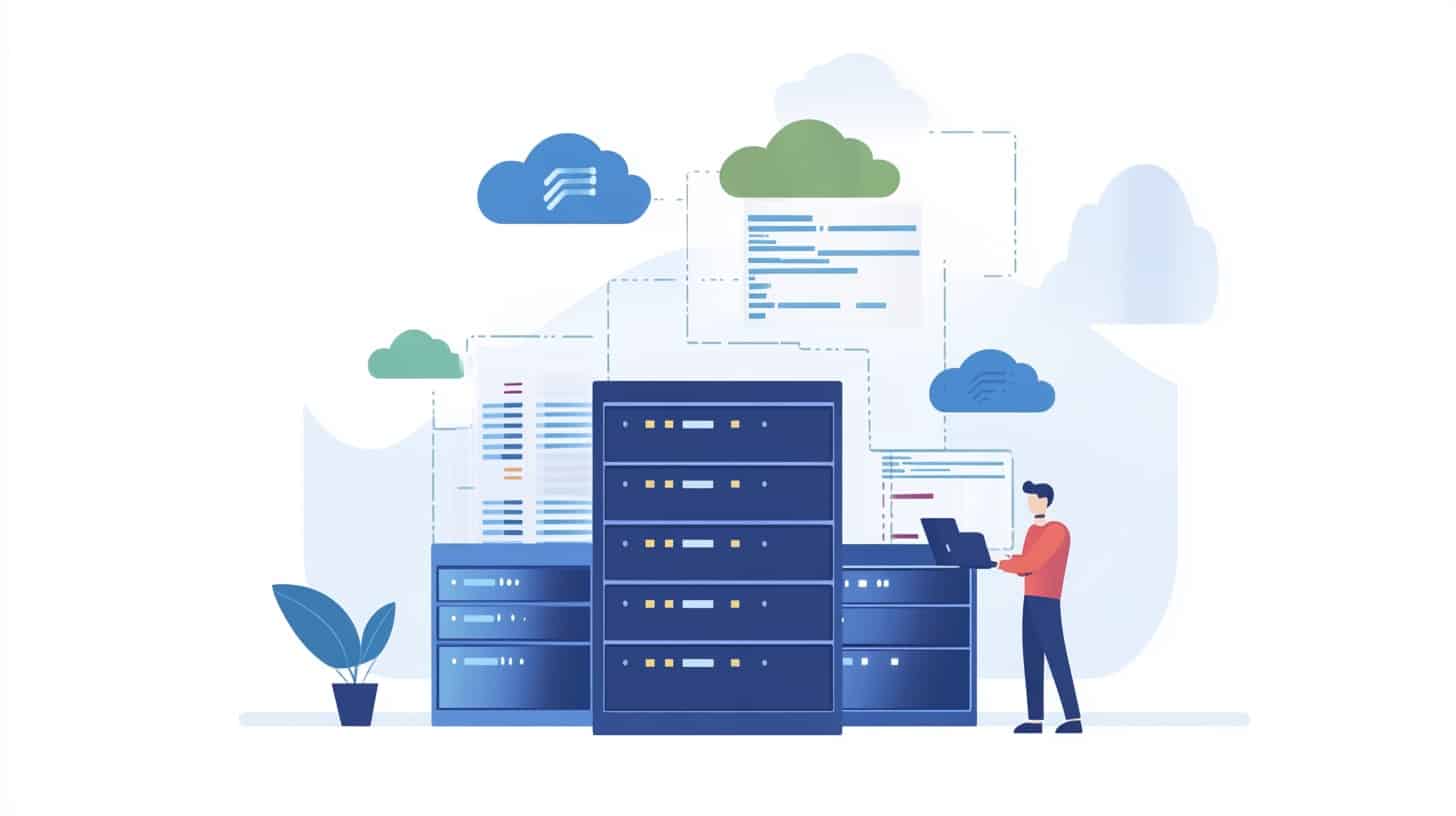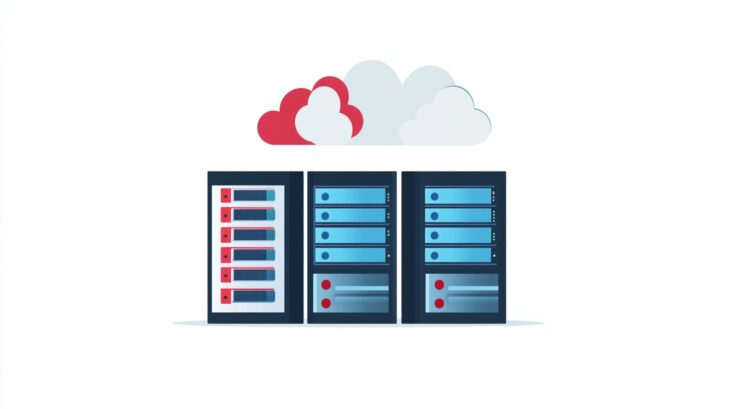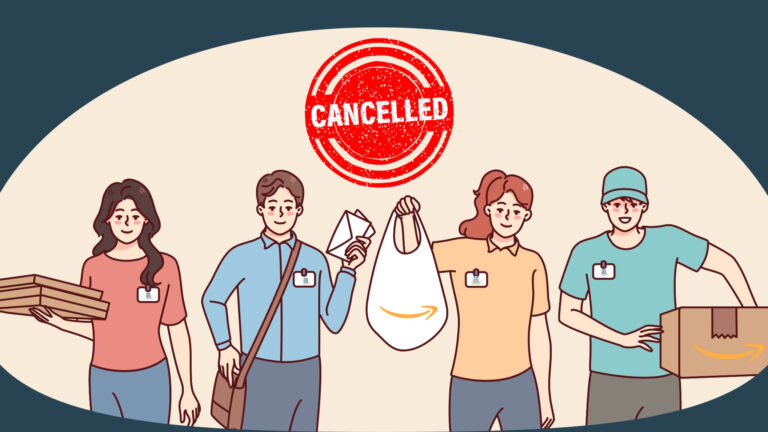A dependable web hosting provider is essential for any website, influencing performance, security, and overall user experience.
Slow speeds, frequent downtime, ineffective support, and unreasonable pricing can negatively impact businesses.
Recognizing when a provider is no longer meeting expectations can prevent losses in traffic, conversions, and revenue. So, when the need to change a provider arises, and you don’t know where to look for the right one, True False Hosting might be the way to go.
Below are five warning signs indicating that it might be time to make a change.
1. Slow Website Load Speed
Website speed plays a major role in user satisfaction, search rankings, and sales. A sluggish site leads to higher bounce rates, reducing engagement and conversions.
Many visitors leave within seconds if a page takes too long to load, hurting a brand’s credibility.

Why Slow Load Times Matter
- User Experience Impact – Visitors expect instant access to content. A delay of even a few seconds frustrates users, leading them to abandon a site.
- SEO Rankings – Search engines prioritize fast-loading websites. Slow performance can result in lower rankings, making it harder to attract new visitors.
- Conversion Rates – A lagging website disrupts the sales process. Users may abandon shopping carts or leave before completing a form, reducing revenue.
- Mobile Optimization – With most web traffic coming from mobile devices, slow sites suffer greater losses. Mobile users expect fast load speeds even on slower connections.
Common Causes of Slow Load Speed
Several factors contribute to sluggish performance.
- Overcrowded Shared Servers – Many budget hosting plans pack multiple websites onto the same server. When resources are oversold, individual sites suffer slower response times.
- Outdated Technology – Hosting providers using old hardware or software fail to keep up with modern performance standards.
- Poor Server Optimization – Inefficient caching, lack of a Content Delivery Network (CDN), and outdated PHP versions all contribute to longer load times.
- Excessive HTTP Requests – Too many scripts, stylesheets, and images increase loading times. Without proper optimization, these elements slow down performance.
- Large, Uncompressed Files – High-resolution images and videos can overload a server. Without proper compression and optimization, they take longer to load.
A host that does not invest in infrastructure or fails to monitor resource allocation often struggles to maintain fast loading speeds.
The Impact of Slow Speeds
- Higher Bounce Rates – Frustrated users will leave rather than wait for a slow page to load.
- Lower Customer Retention – Users who have a poor first experience are unlikely to return.
- Negative Brand Perception – Slow speeds create an impression of unprofessionalism and lack of reliability.
- Revenue Loss – A delay of just one second can significantly reduce conversions and sales.
How to Improve Website Speed
Switching to a provider that prioritizes performance can drastically improve load times.
- Optimized Servers – A reliable host will use high-speed SSD storage, load-balancing technology, and efficient caching methods.
- CDN Integration – A Content Delivery Network reduces server load by distributing content across multiple locations worldwide.
- Dedicated Resources – VPS, cloud hosting, and dedicated server options ensure a website receives the resources needed to run smoothly.
- Regular Performance Monitoring – A good provider will actively monitor speeds, automatically optimizing performance.
Hosting plans with dedicated resources and high-performance architecture ensure pages load quickly, improving both user satisfaction and business results.
Investing in a reliable hosting service is not just an upgrade—it is a necessity for maintaining a successful online presence.
2. Frequent Website Downtime

A website should be accessible at all times to maintain credibility, retain visitors, and generate consistent revenue. Every instance of downtime disrupts the user experience and can result in financial losses.
Businesses that depend on their online presence to attract customers, process transactions, or provide information cannot afford to deal with frequent outages.
If users encounter repeated errors or pages that fail to load, they may lose confidence in the brand and turn to competitors.
Why Frequent Downtime is a Major Issue
If a website is down during peak hours, potential customers may abandon their purchase, reducing sales opportunities.
Search engines prioritize websites with high uptime. Frequent downtime signals unreliability, which can lower rankings and reduce visibility.
Users expect websites to load instantly. If a site is frequently inaccessible, it damages trust and decreases engagement.
A site that regularly crashes can make a company seem unreliable, leading to negative reviews and decreased customer retention.
Common Causes of Website Downtime
Several factors contribute to website outages. Some hosting providers do not invest in infrastructure or fail to take proactive steps to ensure server reliability.
- Poor Server Maintenance: Hosting companies that neglect regular updates and fail to monitor hardware run a higher risk of system failures.
- Outdated Infrastructure: Older servers and insufficient security patches leave websites vulnerable to unexpected crashes.
- Overloaded Shared Servers: In shared hosting environments, multiple websites rely on the same resources. If one site consumes too much bandwidth, others suffer.
- Lack of Proactive Monitoring: Some providers do not have automated systems to detect and fix problems before they escalate into widespread outages.
- DDoS Attacks and Security Breaches: Weak security measures make websites susceptible to cyberattacks that can take them offline.
The Consequences of Downtime
The effects of frequent downtime extend far beyond a temporary inconvenience.
- Lower Search Engine Rankings: Search engines analyze uptime as part of ranking algorithms. If a site is frequently unavailable, it may rank lower, resulting in decreased organic traffic.
- Financial Losses: Online businesses, including e-commerce stores and subscription-based platforms, risk losing revenue when users are unable to complete transactions.
- Loss of Trust: Customers who rely on a website for information or purchases may hesitate to return if they experience repeated disruptions.
- Increased Support Requests: If a website goes down, customer service teams may be overwhelmed with inquiries, leading to additional operational challenges.
How to Avoid Frequent Downtime

A strong hosting provider minimizes downtime through proactive management and reliable infrastructure.
- A 99.9% uptime guarantee ensures that the website remains online almost all the time, with minimal disruptions.
- A host with real-time monitoring can detect and resolve issues before they cause widespread outages.
- Providers that offer VPS, dedicated, or cloud hosting can handle traffic spikes without sacrificing performance.
- Protection against cyber threats, such as DDoS mitigation and firewalls, reduces the risk of downtime due to security breaches.
3. Poor Customer Support
No matter how advanced a hosting provider claims to be, technical issues are inevitable. Websites experience downtime, performance hiccups, and security threats, all of which require immediate attention.
When support is slow, unresponsive, or ineffective, small problems escalate into major disruptions that can cost businesses time, money, and customer trust.
A hosting provider’s ability to offer fast and knowledgeable assistance determines how quickly an issue is resolved and how well a website maintains its reliability.

Common Signs of Poor Customer Support
- Limited support hours – Some providers restrict assistance to business hours, leaving customers stranded during off-peak times, weekends, or holidays when urgent issues arise.
- Slow response times – Delays in getting a response from support teams can leave websites down for hours, leading to lost revenue and frustrated visitors.
- Untrained or unhelpful agents – When support representatives lack expertise, they provide generic solutions that do not address the root cause of a problem, forcing customers to troubleshoot on their own.
- Lack of multiple support channels – Some hosting companies only offer ticket-based support, which can take days for a resolution, instead of providing faster options like live chat or phone support.
Consequences of Poor Support
- Extended downtime – A website that remains inaccessible for an extended period drives away visitors and lowers search engine rankings.
- Loss of trust – Customers who experience frequent technical issues without quick resolutions may stop visiting a site altogether.
- Security risks – If a security issue is not addressed immediately, sensitive data can be exposed, leading to potential breaches and legal consequences.
- Increased frustration – Business owners often have to spend hours researching solutions or hiring outside help to fix problems their hosting provider should have resolved.
4. Unreasonable Price Increases with No Added Value

A fair pricing structure is a key element of a good hosting provider. While occasional price adjustments can be justified by improvements in technology, better security measures, or additional resources, some companies raise costs arbitrarily.
These increases often come with no noticeable improvements, leaving customers paying more for the same, or worse, service. Identifying unreasonable price hikes early can prevent unnecessary expenses and ensure that a business gets the best value for its hosting needs.
Why Do Some Hosting Providers Raise Prices Unjustifiably?
Several tactics are used to increase hosting costs without adding meaningful benefits.
- Many hosting companies advertise low introductory rates but bury extra costs in the fine print. Customers may be surprised to find added charges for basic features that should be included in the base price.
- A provider may offer an attractive rate for the first billing cycle, only to raise the price significantly when the time comes for renewal. These increases can be difficult to anticipate, leading to unexpected expenses.
- Some providers bundle additional services, such as website security, backups, or premium support, that are either already available for free elsewhere or not needed by every customer. These upsells create the illusion of better service while driving up costs.
- A provider may introduce fees for essential tools that were previously included in the standard plan. This forces customers to pay for services they have already been using without issue.
- Without a clear breakdown of costs, customers may find themselves paying for resources they do not need or use. Some providers make it difficult to compare plans by obscuring real costs in their pricing structures.
The Impact of Paying More Without Added Value
- Every additional cost eats into a company’s operational funds, leaving less room for other essential expenses such as marketing, content creation, or software upgrades.
- If a company is overpaying for hosting, it may hesitate to invest in better infrastructure or expansion efforts that could improve its online presence.
- A pattern of price hikes without clear justification erodes confidence in the service. Customers may begin to question the provider’s reliability and commitment to delivering value.
- Once customers realize they are paying more for the same or worse service, they are more likely to seek alternatives, leading to the inconvenience of migrating to a new host.
5. Hosting Provider Can’t Support Your Growth

A website must be able to grow alongside a business. If a hosting provider cannot keep up with increasing demands, performance issues will arise, limiting long-term potential.
A strong hosting plan should allow businesses to expand without experiencing outages, speed reductions, or technical limitations.
Failure to provide scalable resources can hinder success and lead to missed opportunities.
Common Issues That Hinder Growth
- Some providers cap bandwidth, preventing websites from handling high traffic loads. As visitor numbers rise, slowdowns or service interruptions become more frequent.
- Shared hosting environments often struggle to allocate enough processing power and memory to growing websites. Heavy resource consumption by other users on the same server can negatively affect performance.
- If a provider does not regularly update hardware and software, performance will deteriorate. Slow storage solutions, aging processors, and unoptimized data centers can create bottlenecks.
- Some providers offer limited upgrade options, forcing businesses to move elsewhere when they outgrow their current plan. A lack of advanced hosting tiers can make expansion difficult.
Why Scalability Matters
As traffic increases, a website requires additional resources to maintain performance.
- More visitors mean greater server demand. If a plan lacks sufficient resources, load speeds will slow down, frustrating users.
- High traffic volumes can overload servers, causing outages. This results in lost sales, fewer conversions, and a negative user experience.
- Some providers limit the ability to upgrade security protocols, leaving growing businesses vulnerable to cyber threats.
The Bottom Line
Recognizing these warning signs can help businesses avoid unnecessary setbacks. Slow speeds, frequent downtime, poor support, rising costs, and growth limitations indicate it may be time to switch hosting providers.
Evaluating current performance and comparing alternative services can ensure a website remains fast, reliable, and well-supported.
Selecting a provider with strong uptime guarantees, scalable solutions, and responsive customer support makes for a smooth transition while improving overall website stability.


